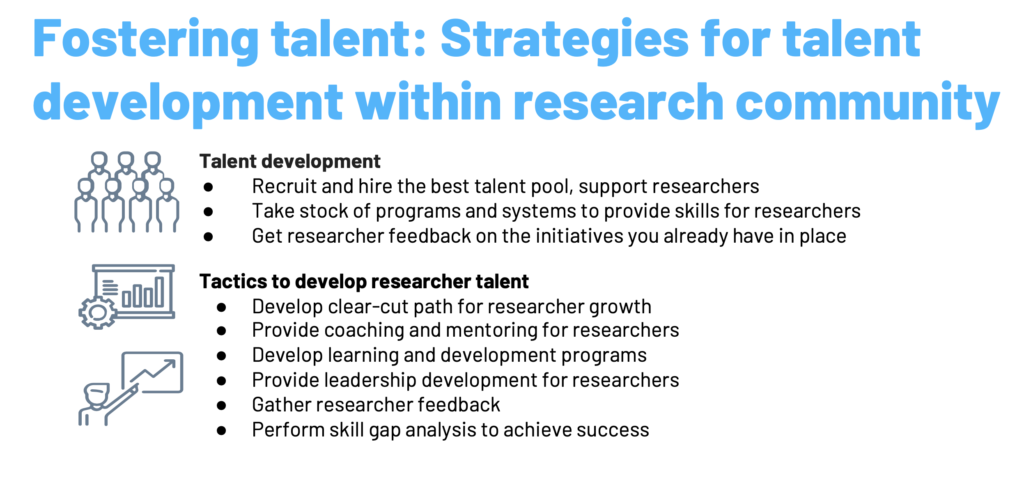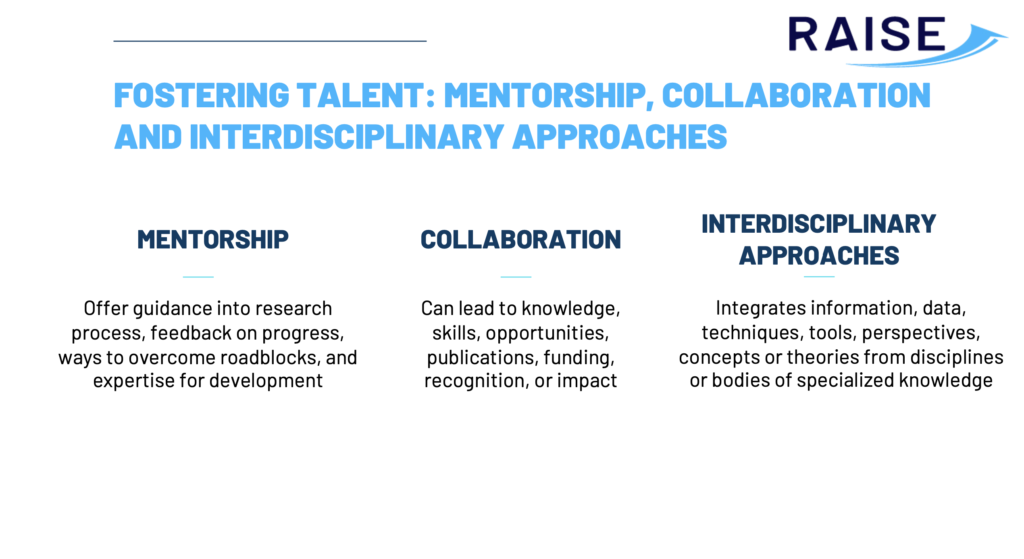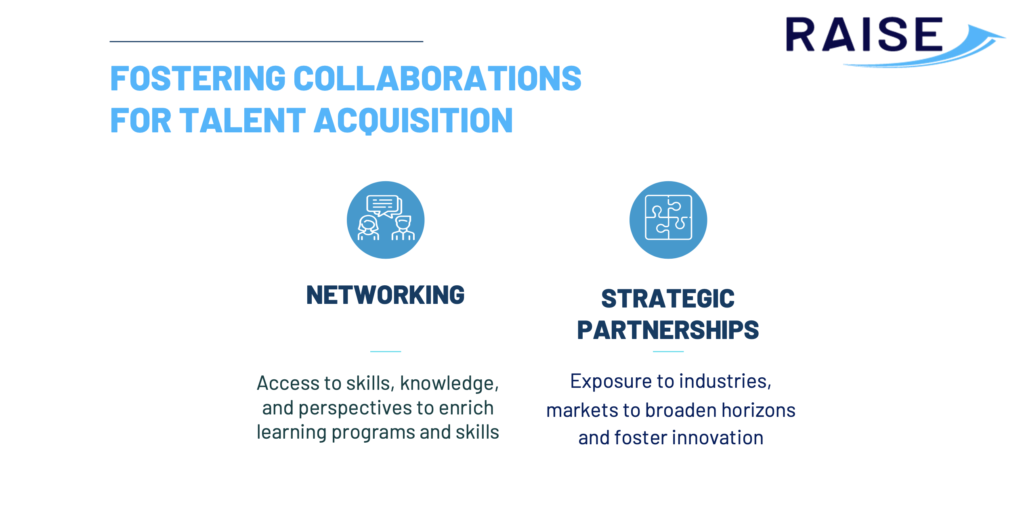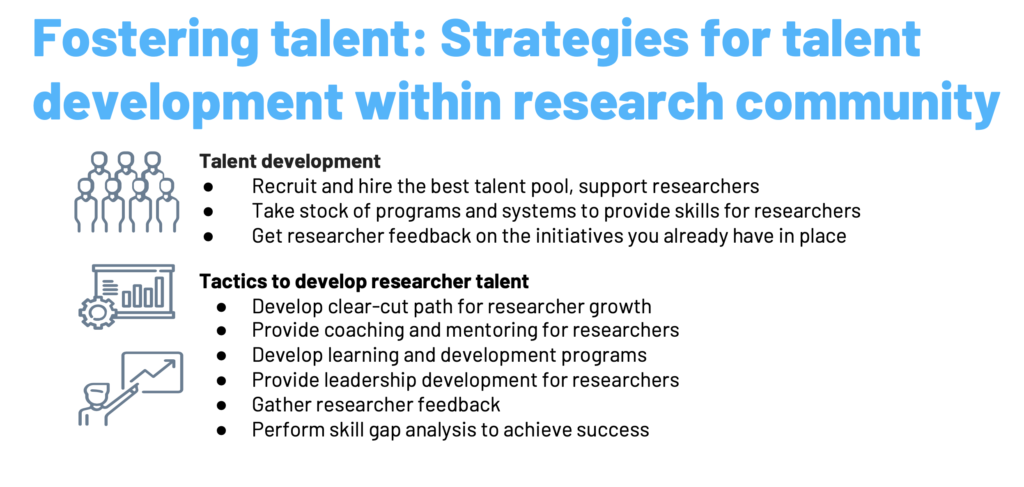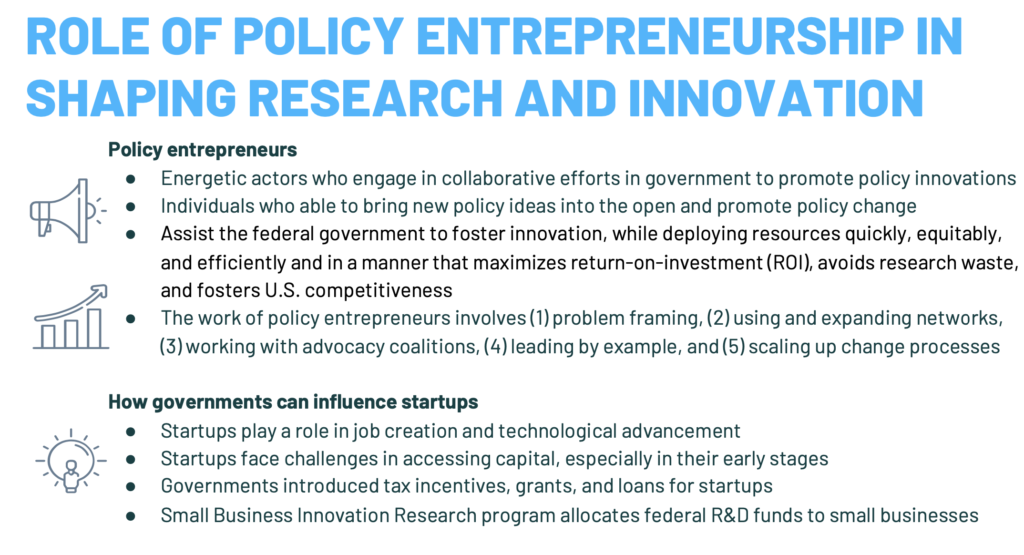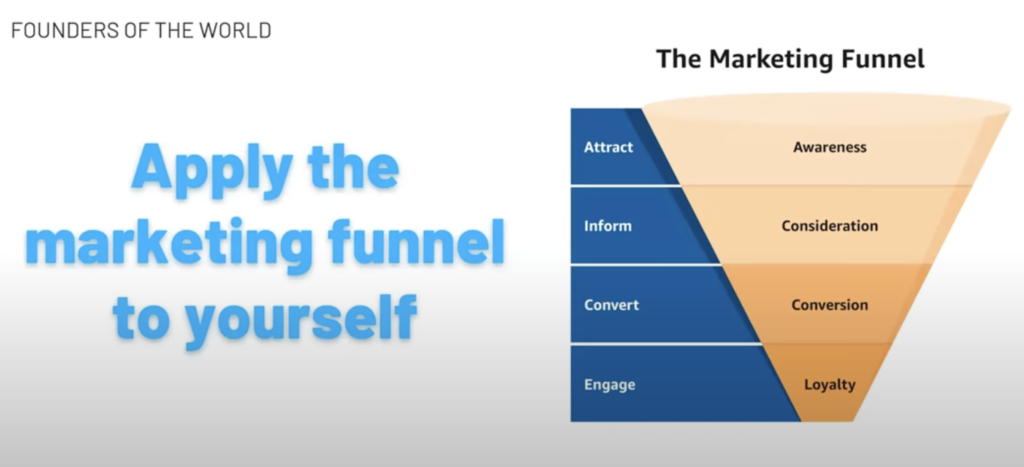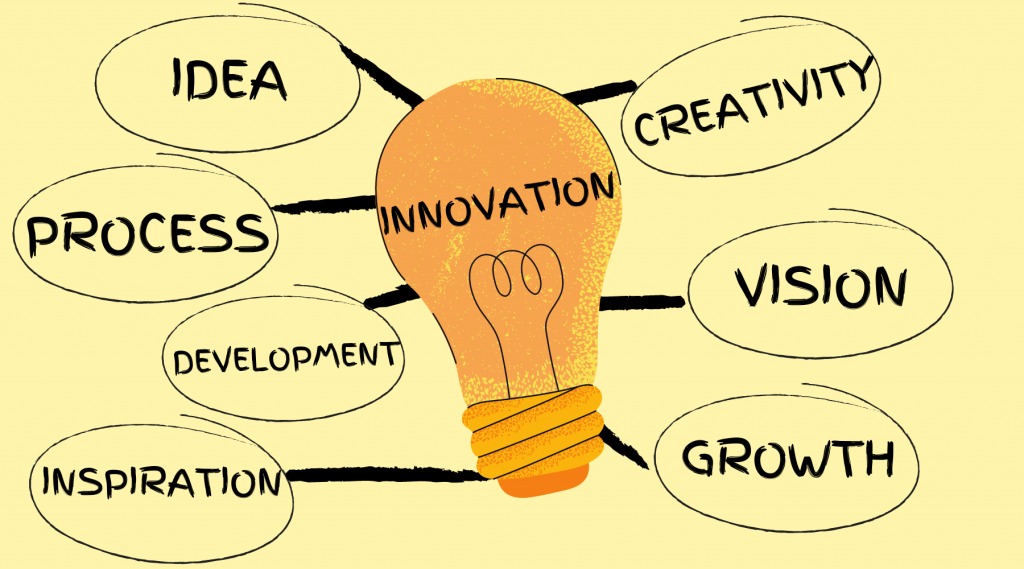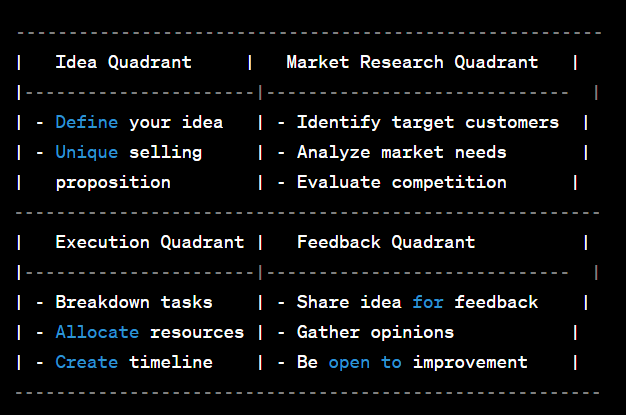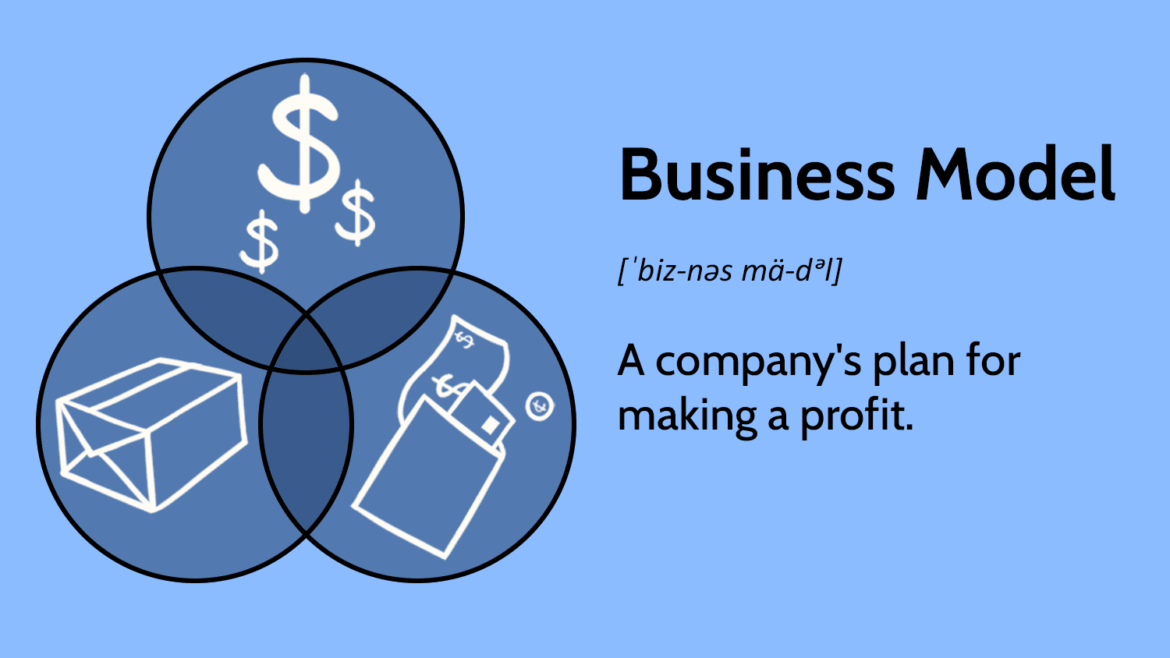The Journey of Giants: The Startup Story of Big Tech’s Fabulous Five
The Journey of Giants: The Startup Story of Big Tech’s Fabulous Five https://theraise.eu/wp-content/uploads/2023/11/1_q0d3YtCWwrN5D_HQ2iE5sQ-1024x512.png 1024 512 RAISE fosters startup growth and scale-up within and across Europe https://theraise.eu/wp-content/uploads/2023/11/1_q0d3YtCWwrN5D_HQ2iE5sQ-1024x512.pngIn the vast landscape of technology, five giants stand tall, shaping the way we connect, share, and innovate. The startup stories of these Big Tech companies — Amazon, Apple, Google, Facebook (Meta), and Microsoft — are like modern-day legends. Let’s embark on a journey through time and explore the humble beginnings that led to the colossal success of these tech titans.
- Amazon: From Books to Everything:In 1994, a visionary named Jeff Bezos started Amazon in his garage, with a dream to create the world’s biggest online bookstore. Fast forward, and Amazon has evolved into an e-commerce behemoth, offering everything from A to Z. The company’s customer-centric approach and pioneering ventures like Amazon Web Services have redefined not just online shopping but the entire digital landscape.
- Apple: The Garage that Birthed Innovation:In the 1970s, Steve Jobs, Steve Wozniak, and Ronald Wayne kickstarted Apple in a garage. Their mission? To put a computer in the hands of everyday people. Today, Apple is synonymous with sleek design, revolutionary products like the iPhone and MacBook, and an ecosystem that seamlessly integrates technology into our daily lives.
- Google: A Search for Something More:Larry Page and Sergey Brin started Google in a Stanford dorm room in 1998, fueled by a desire to organize the world’s information. What began as a simple search engine has become a tech giant that dominates not just search but also areas like online advertising, cloud computing, and innovative moonshot projects.
- Facebook (Meta): Connecting the World:In a Harvard dorm room in 2004, Mark Zuckerberg and his college roommates set out to connect people online. The launch of Facebook marked the beginning of social media as we know it today. The platform has since expanded to include Instagram, WhatsApp, and more, creating a global community that transcends borders.
- Microsoft: Windows of Opportunity:Bill Gates and Paul Allen founded Microsoft in 1975, envisioning a personal computer on every desk and in every home. Windows operating system became a household name, and Microsoft’s influence extended into software, gaming (Xbox), and cloud computing with Azure.
Lessons Learned from the Rise of Big Tech’s Fab Five
The startup stories of the Big Tech Five are not just tales of corporate success; they are sagas of vision, innovation, and perseverance. From humble beginnings in garages and dorm rooms, these companies have grown into global powerhouses, shaping the way we live and interact with technology. As they continue to evolve, the startup stories of Amazon, Apple, Google, Facebook (Meta), and Microsoft remain an inspiration for aspiring entrepreneurs and a testament to the transformative power of ideas.
Photo via Medium




